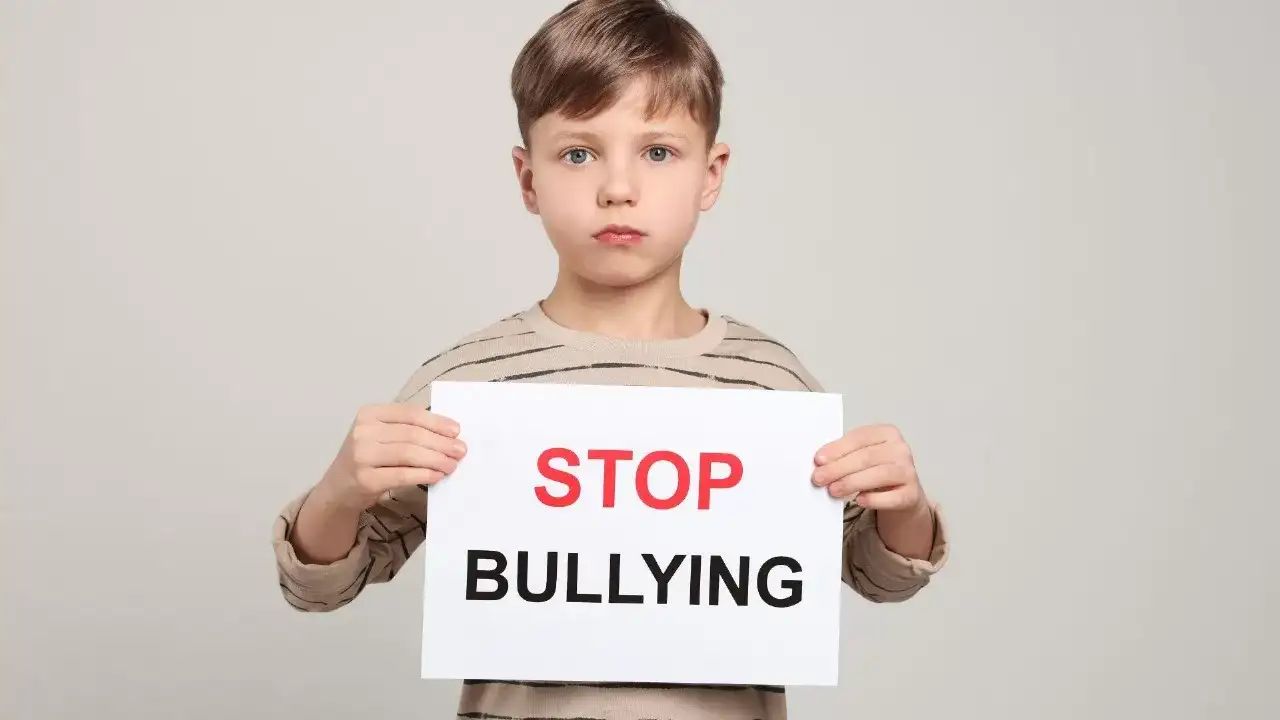
Understanding the Types of Bullying and Their Impact on Children’s Mental Health
Casal dels Infants – Children’s mental health is deeply affected by bullying, a serious public health issue with lasting impacts on physical and emotional health. The Centers for Disease Control and Prevention (CDC) defines it as unwanted aggressive behavior that occurs repeatedly and involves a real or perceived imbalance of power.
While bullying can be prevented, protecting children’s mental health requires high awareness and early intervention. Increasingly, health professionals and educators are recognizing the urgency of addressing this issue seriously.
According to the National Center for Biotechnology Information, bullying often occurs in schools, especially in less supervised areas such as cafeterias, hallways, or bus stops. Technological developments have expanded the forms and locations of bullying, including into the digital sphere.
“Continue Reading: The Effect of Video Games on Children’s IQ Development, According to a New Study”
This involves direct physical violence such as hitting, kicking, pulling hair, or pushing. These actions are intended to physically dominate the victim and are usually repeated over time.
A form of emotional abuse using words, such as teasing, insulting, threatening, or making derogatory comments. Its impact can lower self-esteem and increase the risk of depression and anxiety.
More subtle and manipulative, this type includes spreading rumors, excluding someone from a group, or publicly humiliating the victim. The goal is to damage the victim’s reputation or social relationships.
Conducted through digital devices such as mobile phones or computers, cyberbullying includes sending insulting messages, threats, or sharing humiliating content online. The CDC reports that around 15.9% of high school students have experienced it. The main challenge is that perpetrators can remain anonymous, and attacks can happen anytime. In extreme cases, technologies like artificial intelligence (AI) are used to create fake explicit images that are then distributed, leaving a permanent digital footprint.
This involves unwanted sexual behavior, whether physical, verbal, or digital. Examples include unwanted touching, lewd comments, and the sharing of sexual images without consent.
Driven by prejudice against the victim’s identity, such as race, religion, sexual orientation, gender, or disability, this type can take the form of discriminatory insults or mockery of certain physical conditions.
Victims are encouraged to speak with a trusted adult such as a teacher, counselor, or parent. For cyberbullying, documentation such as screenshots is important as evidence. Support from mental health professionals can help victims recover from trauma.
The role of teachers, health workers, and parents is crucial in recognizing signs of bullying and creating a safe environment for children. Education, awareness campaigns, and strict anti-bullying policies in schools are key strategies to prevent and address this issue.
“Read More: List of Countries That Still Consume Cat Meat in the Modern Era”